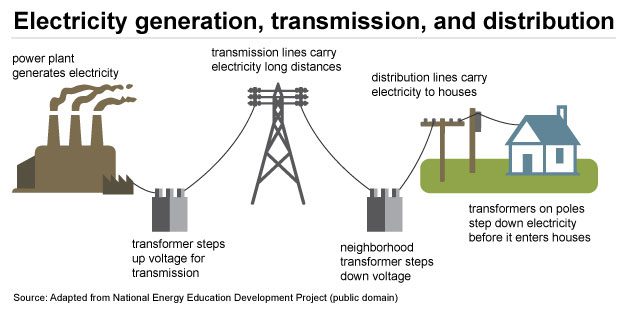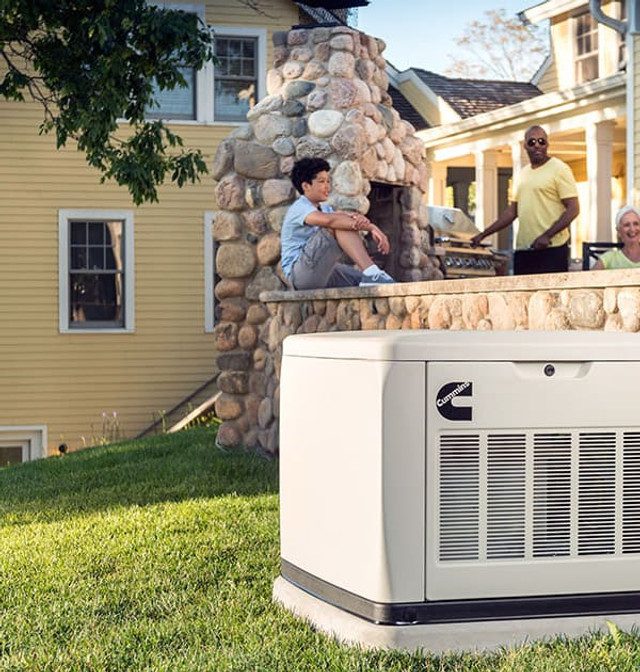Power Outages Are On The Rise ... Here's Why

Power outages are increasing in number every year due to changing weather patterns and an aging power grid.
Government reports indicate the number of power outages doubles every five years. As a result, power outages are eight times more frequent than 20-years ago.
Utility workers stay busy throughout the year trimming trees, replacing transformers, and downed power lines. Meanwhile, power outages continue to rise and the need for a backup power source is fast becoming a necessity.
portable vs. standby generators
There are two basic types of home generators - Portable and Standby. While portable generators can be used in different scenarios like camping and at home, a standby generator is a permanent fixture intended to power an entire home or business.
Let's explore the differences between portable and standby generators.
Portable Generators
Portable Generators are operated manually. Homeowners must be home to start and run the generator. And, unless a manual transfer switch is installed, extension cords will need to be run from appliances and other devices.
Portable generator startup procedures look like this:
- Remove the generator from storage and position the unit outdoors, away from door and window openings. (See precautions below)
- Refuel the generator tank - always run the tank dry (or, turn the fuel supply "off") before storing for next use. Engine run times vary 6-8 hours.
- If a manual transfer switch is installed, run a cord from the generator to the outdoor generator receptacle (typically 30-amp or 50-amp). In the absence of a manual switch, run heavy duty extension cords from connected appliances to the generator.
- Start the generator. Monthly generator testing is recommended to ensure the engine starts and runs smoothly. Allow the engine to run at least 15-minutes during monthly tests.
- When unconnected electrical circuits begin to work, utility power has been restored. Allow 5-minutes of steady utility power before disconnecting the portable generator. Just in case the power drops out again.
Portable Generator Precautions
Gaseous fumes from any generator are deadly. So, proper ventilation is absolutely necessary. Portable generators must be placed outdoors and away from door, window and vent openings. A garage is not outdoors. Place the generator not less than five feet away from door, window and vent openings.
Standby Generators
Standby Generators can bring a sense of safety and security to a home or business by automatically energizing light and appliance circuits, network operations, and HVAC equipment for temperature control. When utility power fails, a standby generator automatically restores power to all connected circuits within 10 seconds.
Likewise, when utility power is finally restored, the generator automatically transfers power back to the utility and begins to power down the generator.
Everything is automatic. Homeowners do not need to be home for the generator to operate. All you need do is enjoy life without interruption.
When a Cummins home standby generator is connected to WiFi, homeowners can monitor the status of the generator from a smartphone or tablet.
What size generator do you need? Learn more about how to get started with standby power from Cummins.


Easily monitor the status of your generator from a smartphone, tablet or computer. Benchmark Electric also receives the same alerts and status notifications.

